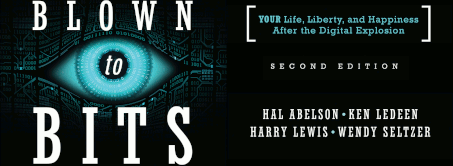HWCKL #4: Carrier Monopolies
Saturday, April 3rd, 2010 by Harry LewisAccording to a recent Business Week story, government agencies are starting to get worried about the possibility that Comcast may buy NBC Universal.
At least five states are involved in the U.S. antitrust review of cable operator Comcast Corp.’s plan to acquire NBC Universal, two people with knowledge of the process said. Florida has started its own query.
Attorneys general in five states — New York, California, Florida, Oregon and Washington — have joined phone interviews led by U.S. Justice Department officials, said one person who participated and sought anonymity because the call was private.
As Susan Crawford explains, the FCC itself acknowledges that once the dust has settled on its 100-squared broadband plan, the number of broadband carriers serving most parts of the United States will be ONE. Information monopolies are never a good idea, and if it wasn’t bad enough to contemplate an unregulated industry that could control what information flows through the information pipes, think what it would be like if the same companies owned the content too.
Actually, you don’t have to imagine these scenarios. You can go back to this 1883 New York Times story to read how it worked when all the information had to flow through the Western Union telegraph wires. Western Union bullied those on whom it was dependent. This comes from a description of Gardiner G. Hubbard before Congress. Hubbard, whose daughter was deaf, would under-write Alexander Graham Bell’s development of the telephone — and became Bell’s father-in-law. The story sounds to me stunningly modern. An excerpt:
